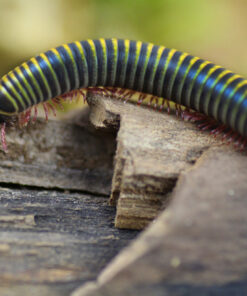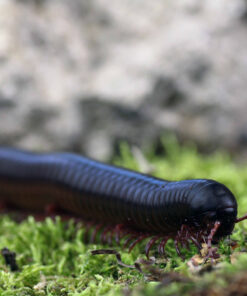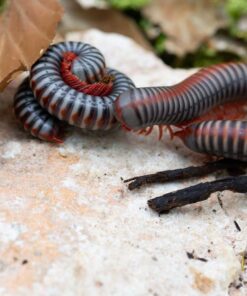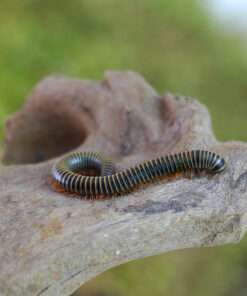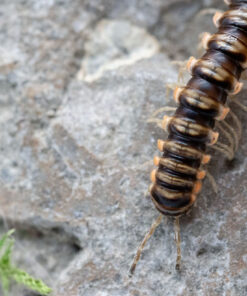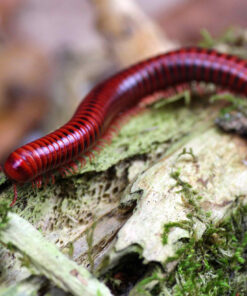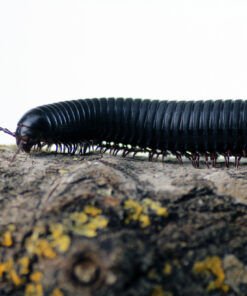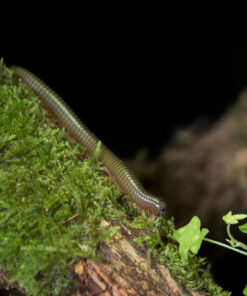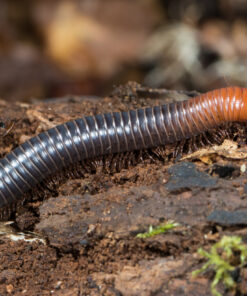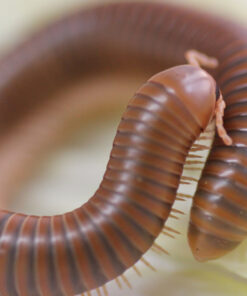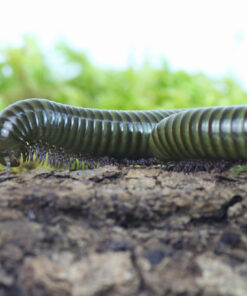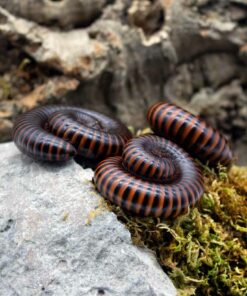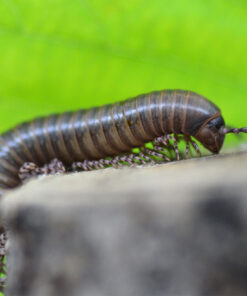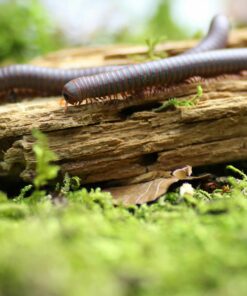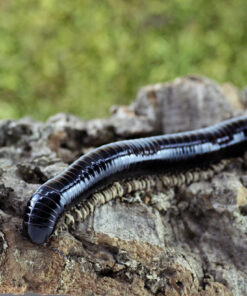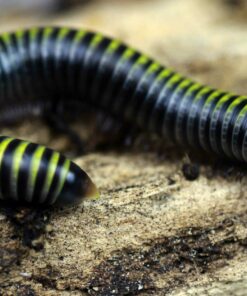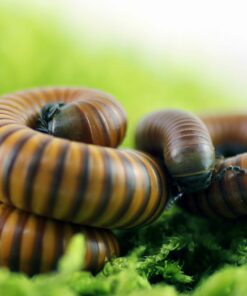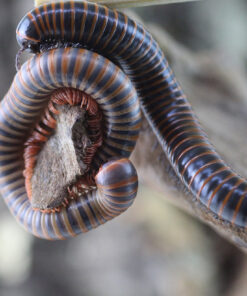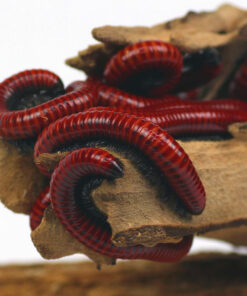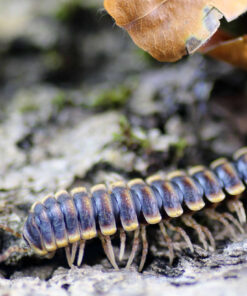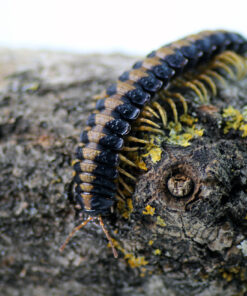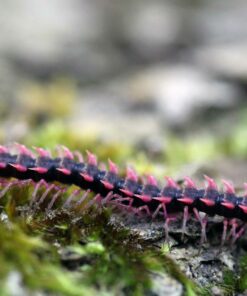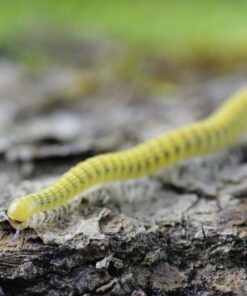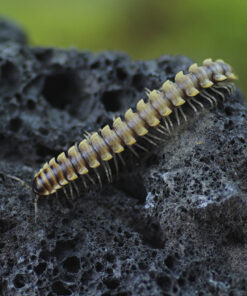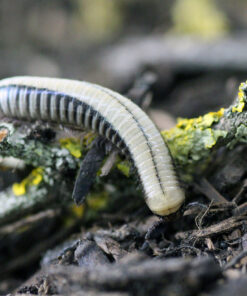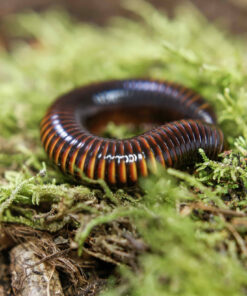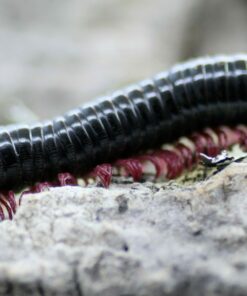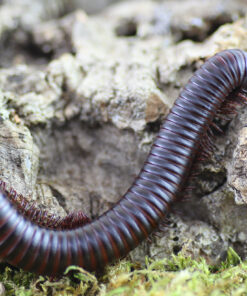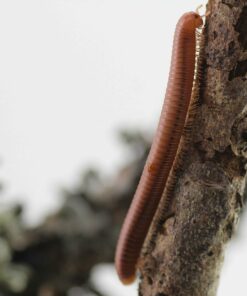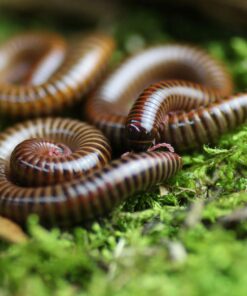Where do millipedes get their name?
Anyone who knows a little latin and can put one and one together knows where millipedes have gotten their name from. Translated from latin the word "millipede" means "thousand feet". However, they have been called millipedes for a long time, although the first species that actually has a thousand legs was only discovered in 2021. The specimen of the newly discovered species Eumillipes persephone has 1306 legs! So the name millipede is finally justified, at least for this species.
They belong to the class Diplopoda, which translates to nothing else than double-footed. During their evolution, which lasted 450 million years, two segments were fused together. The fused segment has two pairs of legs each, giving the body increased stability and helping the animals to climb and burrow.
Are millipedes dangerous?
Millipedes feed mainly on dead plant parts and act as important waste disposers in nature. They feed predominantly vegetarian and are therefore not predators and keep to themselves as best they can. Their predators are mainly birds, scorpions and reptiles. Therefore, millipedes are very reserved animals by nature, always wary of threats. When threatened, they curl up and stay there until the danger has passed. The sensitive parts of the body, such as the belly and the head, are protected in the centre of the sphere.
For this purpose, they emit a so-called defensive secretion from the lateral openings of the body rings. The mostly brownish secretion has a foul odour and leaves yellow-brown to violet-coloured spots on the skin. The secretion is harmless, but it should not get into the nose, eye or mouth.
What is the keeping of millipedes like?
Millipedes are very interesting to observe and relatively easy pets to care for. They can be kept in terrariums or even discarded aquariums, even without lighting. As their main food source consists of leaves and white rotten wood, these two components also belong in the substrate. Most species also do not need heating and cope wonderfully with our room temperatures. So you need very few accessories, save money and still have beautiful exotic pets!





